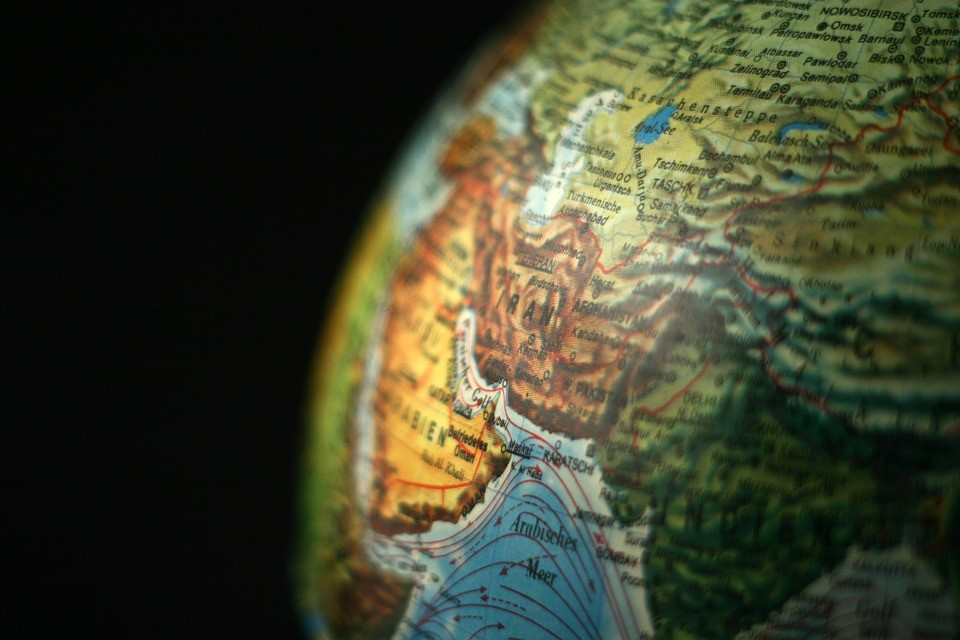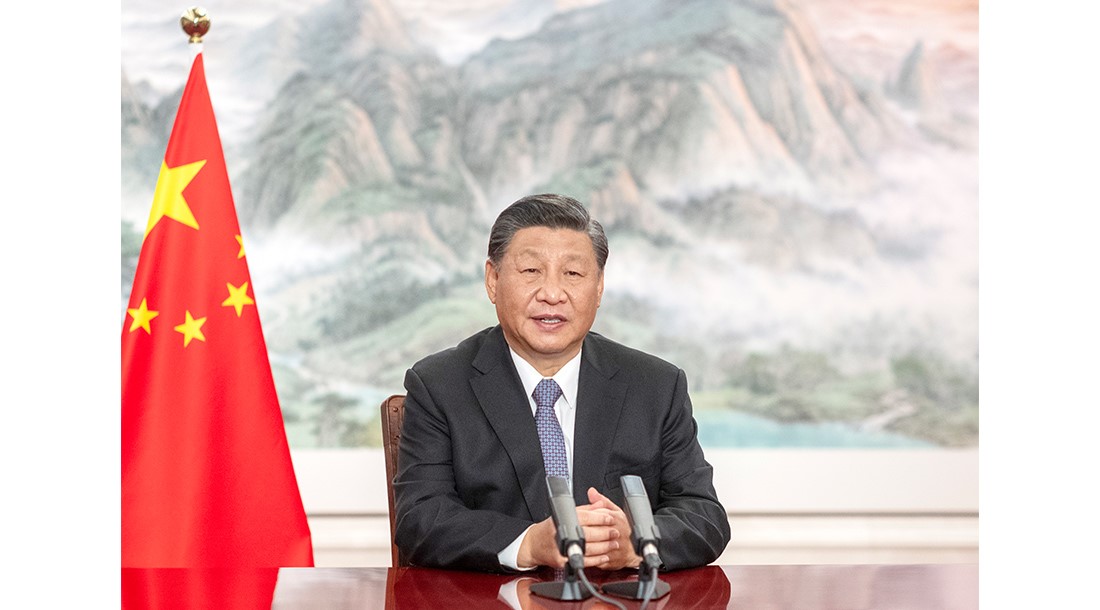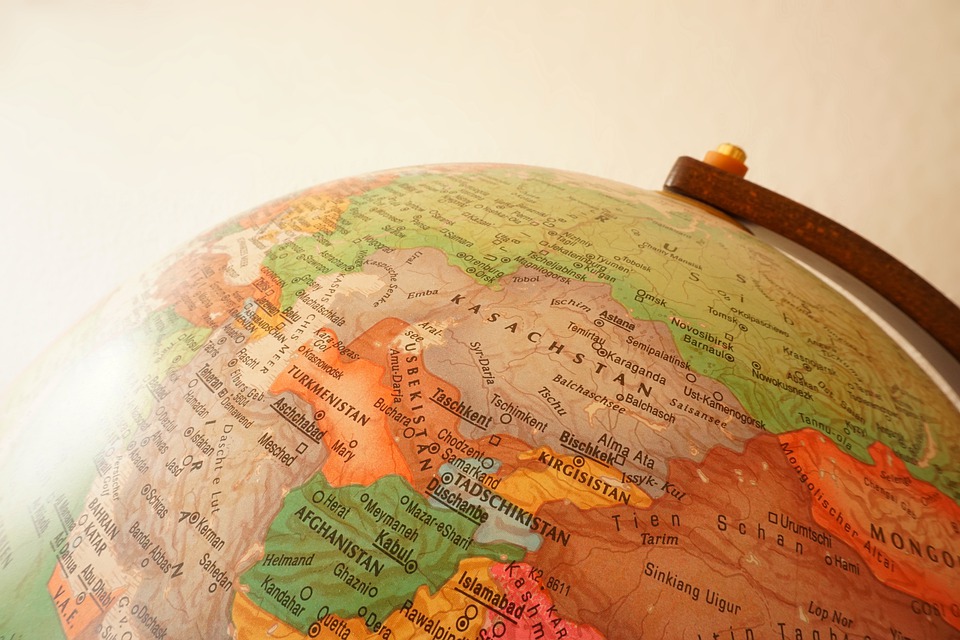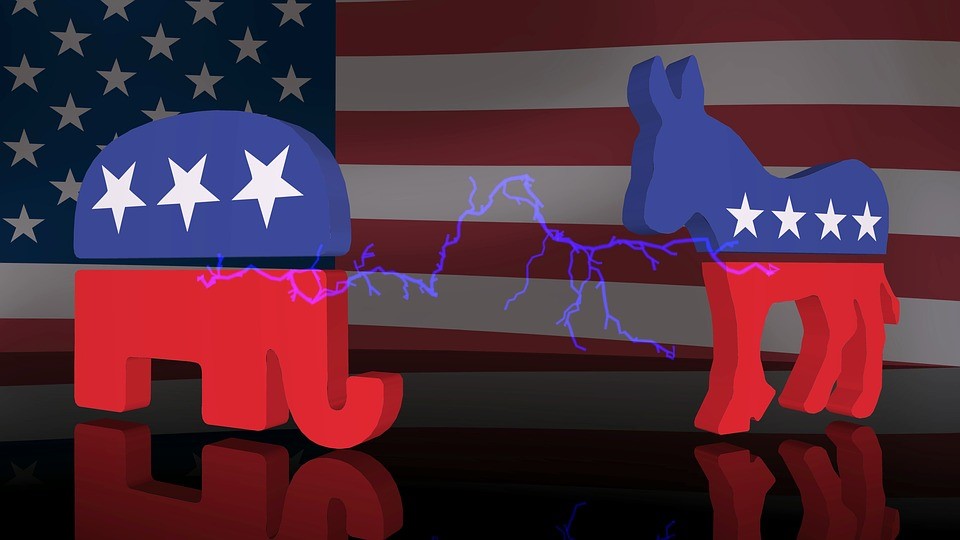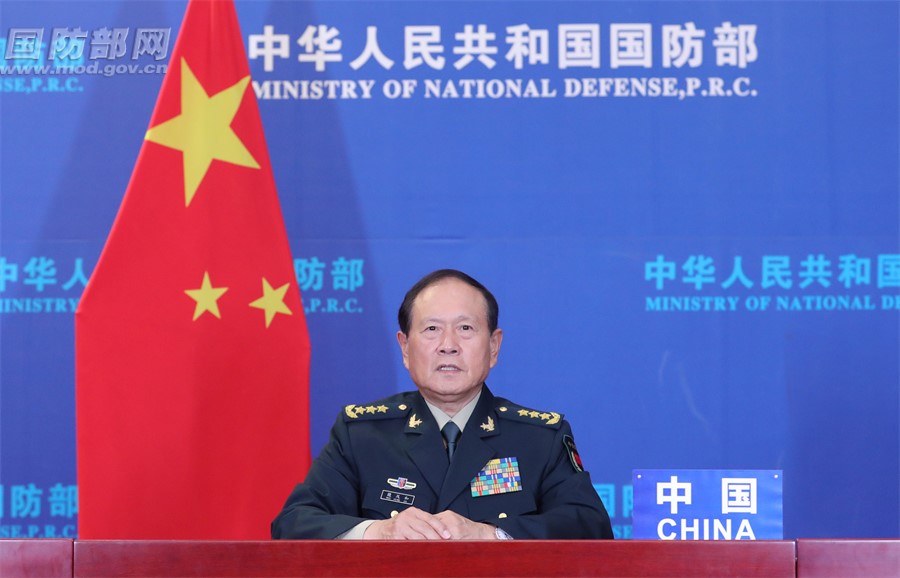On February 14, 2018, Nicholas Cruz shot and killed 17 people at Majorie Stoneman Douglas High School in Parkland, Florida – 14 students, and 3 staff members. Cruz “brought an AR-15 style rifle to the school he formerly attended and began firing at students in hallways and classrooms…(t)he gunman was arrested shortly after the killings, and his responsibility for the heinous crime became a foregone conclusion after a video emerged in which he discussed his plans and his state of mind, in footage recorded shortly before the killings. ‘With the power of my AR, you will know who I am,’ Cruz said, referring to his rifle.”
His actions should have surprised no one. As reported by NPR, “(t)he 19-year-old was the subject of dozens of 911 calls and at least two separate tips to the FBI. He also came to the attention of the Florida Department of Children and Families. Despite warning signs stretching back over a decade, no one intervened to stop the Valentine’s Day shootings.”
After Cruz pled guilty to 17 counts of Murder in October of 2021, one year later, a jury recommended a sentence of life in prison without parole instead of the death penalty (under Florida law, a jury decides whether or not to impose the death penalty, not the judge, who would normally handle sentencing after conviction). “(L)awyers for Cruz presented testimony from counselors and a doctor who say the defendant suffers from a fetal alcohol spectrum disorder, a condition that they argued affects his reasoning and behavior. Witnesses testified that his birth mother…had abused alcohol and cocaine while she was pregnant with him.” Apparently, the jurors believed the defense testimony, since “(t)he jury unanimously found that there had been aggravating factors in the murders Cruz committed… resulting in the recommendation of a life sentence.”
The outcry was immediate. “‘I am disgusted with our legal system. I am disgusted with those jurors,’ said Ilan Alhadeff, the father of victim Alyssa Alhadeff. ‘That you can allow 17 dead…and not give the death penalty. What do we have the death penalty for? What is the purpose of it? You set a precedent today. You set a precedent for the next mass killing, that nothing happens to you. You’ll get life in jail.'”
Florida Governor Ron DeSantis expressed his agreement with Mr. Alhadeff. “I think that if you have a death penalty…where you are massacring those students with premeditation and utter disregard for basic humanity that you deserve the death penalty,” the governor said at a press conference held immediately after the verdict was announced.
There is no denying that for some, there is satisfaction to be found in the imposition of a sentence of death on someone who has committed a grievous crime, particularly for the survivors and loved ones of the victims. “Jason Johnson, whose father was sentenced to death for killing his mother, stated, ‘(I will got to see him executed not to see him die (but) just to see my family actually have some closure. He’s an evil human being.'” Further, “Phyllis Loya, mother of police officer Larry Lasater who was killed in the line of duty, stated ‘People use closure, and I think it means different things to different people. What it would mean for me is that my fight for justice for my son would be complete when his (killer’s) sentence,..would be carried out as it should be…'”
There is even biblical support for the death penalty. “Exodus 21:23-25 states, ‘But if there is harm, then you shall pay life for life, eye for eye, tooth for tooth, hand for hand, foot for foot, burn for burn, wound for wound, stripe for stripe.’ Leviticus 24:19-21 echoes this assertion, ‘Anyone who injures their neighbor is to be injured in the same manner: fracture for fracture, eye for eye, tooth for tooth. The one who has inflicted the injury must suffer the same injury.'”
But there are just as many survivors who find no comfort in the execution of the person responsible for their suffering. “If you ask murder victims’ families, ‘closure is the F-word,’ said Marilyn Armour, who directs the Institute for Restorative Justice and Restorative Dialogue at the University of Texas at Austin. ‘They’ll tell you over and over and over again that there’s no such thing as closure.’”
In fact, “(i)n 2012, Armour and University of Minnesota researcher Mark Umbreit interviewed 20 families of crime victims in Texas — a state which regularly uses the death penalty — and 20 more families in Minnesota, which instead offers life without parole.” According to the study, “families in Minnesota were able to move on sooner…because their loved ones’ killers were sentenced to life without parole, rather than the death penalty.”
At first impression, the results of this study could not possibly be correct. But there may be a good reason for this outcome. As described by Phyllis Loya in a 2019 interview “(t)here are families that have waited decades over 30, 35 years (for an execution) and now we’re supposed to wait until [California Governor Gavin Newsom] finishes his election time because he has decided to put his own personal will ahead [by imposing a death penalty moratorium. He blindsided us. He stole justice from us like a thief in the night…”
Ms Loya expresses a common frustration with the death penalty – the length of time between imposition of the sentence, and the actual execution of the defendant. According to the Bureau of Justice Statistics, in 2019, “the average amount of time a prisoner has been incarcerated pursuant to their latest death sentence is 18.7 years. That figure is calculated from the date of a prisoner’s latest death sentence and does not take into consideration the time nearly 10% of those on death row had previously been imprisoned because of unconstitutional capital trials or death sentences that had been judicially reversed. More than half of the prisoners currently on death row (1,317, or 51.7%) were sentenced to death in 2000 or earlier…(f)or the 22 prisoners put to death in 2019, the average time elapsed between the imposition of their death sentence and their execution was 264 months, or 22 years, by far the longest time between sentence and execution since capital punishment resumed in the U.S.”
20 years is an awfully long time to wait for justice. But is there a reason for this long delay between sentence and execution?
“Any person who has been sentenced to the death penalty…has a right to appeal. Some states allow the sentence and the verdict to be appealed separately. The defense team has a number of steps they can pursue. These include post-trial motions for acquittal, asking for a reduction in the sentence, motions for a mistrial, and requesting a new trial. If none of these actions result in a change in sentencing, the next step is a direct appeal….Depending on the state, this first appeal will go to the state appellate court. If the appellate judge’s verdict is unfavorable, the defense team can ask the state’s highest court to hear the case. In some states, the highest court is obligated to review every case with a sentence of capital punishment… If all avenues have been exhausted at the state level, the appellant can appeal their case at the federal level. They can file a writ of habeas corpus in federal district court… Finally, they can petition the U. S. Supreme Court. In Supreme Court cases, the defense is asking for a review of federal constitutional issues. ..Because of the multiplicity of proceedings, capital punishment cases can take decades to work their way through the criminal justice system.”
And are the lawyers handling all those appeals working for free?
“Combining all cost categories, the average cost of a death penalty case in Washington (State) is $3.07 million, compared to $2.01 million (in 2010 dollars) for cases in which the prosecutor does not seek death. Adjusted to 2014 dollars, that difference is $1.15 million… average trial level defense costs related to pursuit of the death penalty are 2.8 to 3.5 times more expensive than cases not seeking the death penalty. Average trial level prosecution costs in death penalty cases are 2.3 to 4.2 times more expensive. Court, police/sheriff, and miscellaneous costs related to pursuit of the death penalty are 3.9 to 8.1 times as much. Assuming a life sentence for all offenders, post-conviction lifetime incarceration costs…are .7 to .8 times that of (a death penalty) case. Average jail costs related to pursuit of the death penalty are 1.4 to 1.6 times more expensive than for non-death cases.”
In Pennsylvania, the “death penalty system since 1978 has produced three executions at a stunning cost: $272 million each, for a total of $816 million,” while in Nevada, “(b)ased on our sample of 28 cases and average costs we were able to accumulate, we estimate the death penalty, from arrest through the end of incarceration, costs about $532,000 more than other murder cases where the death penalty is not sought.”
Then there is Florida, where the Parkland slayings took place. In 2010, “Rex Dimmig, chief assistant public defender of the 10th Judicial Circuit in Bartow (Florida)…’discovered that the most expensive, most time-consuming, and least cost-effective service we provided was representation in death penalty cases’…(h)e estimated that Florida spends $51 million a year to impose and implement the death penalty, rather than sending convicted first-degree murderers to prison for life without parole. It is estimated that each execution costs taxpayers $24 million.”
For his crimes, Nicholas Cruz will spend the remainder of his life behind bars. Perhaps this is an unsatisfactory outcome for the families of the 17 people he murdered in cold blood. But under current conditions, an execution of the Parkland slayer would not occur until 2042 at the earliest, and cost the State of Florida almost $40 million dollars by that time.
It’s not likely that the jurors who considered Cruz’ fate performed a cost/benefit analysis before they decided on a life sentence. But given the high cost of executions, perhaps these jurors did the taxpayers an unintended favor with their verdict, after all.
Judge John Wilson (ret.) served on the bench in NYC.


